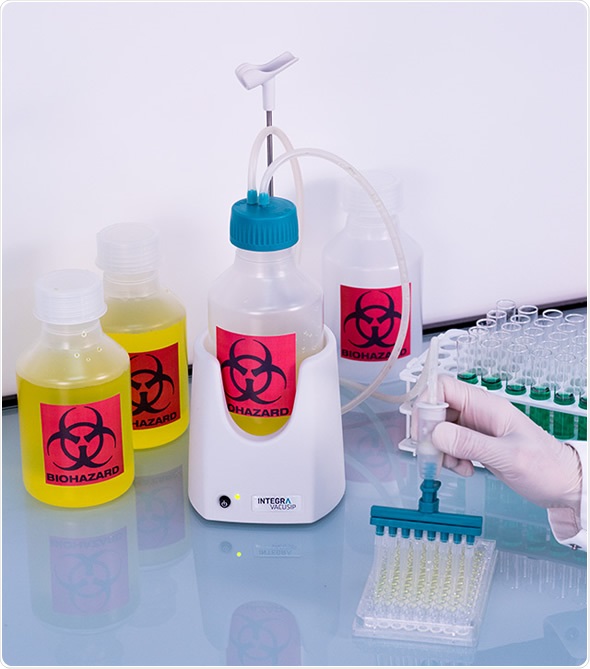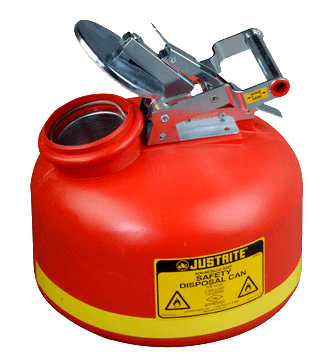Top Liquid Waste Disposal Melbourne: Trusted Services for Proper Waste Administration
Top Liquid Waste Disposal Melbourne: Trusted Services for Proper Waste Administration
Blog Article
Exactly How Fluid Waste Disposal Works: A Comprehensive Summary of Techniques and Technologies Utilized

Review of Fluid Waste Kind
The complexity of liquid waste kinds necessitates a thorough understanding of their features and implications for disposal. Liquid waste can extensively be classified into numerous kinds, consisting of industrial, local, farming, and dangerous waste. Each classification displays distinctive homes, calling for specific monitoring techniques to minimize environmental and health and wellness dangers.
Industrial liquid waste originates from producing procedures and frequently consists of a range of impurities, such as hefty steels, solvents, and organic substances. Community liquid waste, mostly making up wastewater from houses and industrial facilities, contains raw material, nutrients, and microorganisms (industrial wastewater treatment). Agricultural fluid waste, consisting of overflow from ranches, might have fertilizers, pesticides, and animal waste, presenting dangers to water top quality and ecological communities
Dangerous fluid waste is identified by its poisoning, sensitivity, or prospective to trigger injury. This group consists of materials like acids, bases, and particular chemicals that require stringent handling and disposal protocols. Understanding these diverse fluid waste kinds is critical for creating efficient disposal approaches and making certain conformity with ecological policies. Proper classification and characterization are important for executing appropriate therapy strategies and minimizing the damaging effect on public health and wellness and the setting.
Physical Treatment Methods

Screening is the preliminary action, where larger fragments and particles are eliminated from the liquid waste utilizing displays or grates. In sedimentation tanks, heavier fragments settle at the bottom, forming a sludge layer, while the made clear liquid can be further dealt with.
Filtering is another vital method that involves passing the fluid through permeable materials, such as sand or membrane layers, to capture smaller sized bits. This action improves the high quality of the liquid, making it appropriate for subsequent therapy procedures.

Chemical Treatment Techniques
Chemical treatment methods are important for properly managing liquid waste, specifically in dealing with dissolved and colloidal pollutants that physical approaches may not effectively get rid of. These strategies utilize various chemical agents to reduce the effects of, speed up, or transform harmful compounds into much less unsafe types.
One usual technique is coagulation and flocculation, where chemicals such as alum or ferric chloride are contributed to Click Here advertise the site web gathering of suspended bits. This procedure improves sedimentation, permitting less complicated elimination of the resulting sludge. In addition, oxidation procedures, employing agents like chlorine or ozone, are employed to damage down intricate natural compounds and virus, rendering the waste safer for discharge or more therapy.
Neutralization is one more essential method, which changes the pH of acidic or alkaline waste streams to neutral levels, stopping prospective harm to downstream systems and the environment. In addition, progressed oxidation processes (AOPs) make use of mixes of oxidants and ultraviolet light to break down consistent pollutants, achieving a greater degree of treatment performance.
Biological Therapy Processes
Biological therapy processes play an essential duty in the administration of liquid waste by utilizing microbes to disintegrate raw material and lower impurity levels. These procedures can be broadly classified into cardiovascular and anaerobic therapies, each employing certain microbial communities to accomplish effective waste destruction.
Aerobic therapy entails the use of oxygen to promote the malfunction of natural materials by germs. This procedure is commonly applied in activated sludge systems, where oygenation containers provide a favorable atmosphere for microbial growth, resulting in the oxidation of natural toxins. The resultant biomass can be separated from treated effluent through sedimentation.
In comparison, anaerobic therapy occurs in the absence of oxygen, depending on various microorganisms to break down raw material. This technique is particularly beneficial for high-strength waste, as it produces biogas, an eco-friendly energy source, while decreasing sludge manufacturing. Technologies such as anaerobic digesters are often employed in municipal and industrial applications.
Both cardiovascular and anaerobic biological therapies not just minimize the environmental impact of liquid waste yet additionally facilitate source recuperation, making them important components of sustainable waste administration methods. Their flexibility, effectiveness, and effectiveness support their prevalent application throughout different fields.
Arising Technologies in Disposal
Ingenious methods to fluid garbage disposal are quickly developing, driven by developments in innovation and an enhancing focus on sustainability. Amongst these emerging technologies, membrane layer bioreactors (MBRs) have actually acquired grip for their capability to combine biological therapy with membrane purification, leading to top quality effluent that can be reused in various applications. MBRs make it possible for smaller impacts and more effective operations contrasted to typical systems.
One more encouraging advancement is the usage of anaerobic digestion incorporated with nutrient healing modern technologies, which not only deals with fluid waste yet likewise creates biogas and recoups important nutrients like nitrogen and phosphorus. This twin benefit improves source effectiveness and decreases ecological influence.
Additionally, advanced oxidation processes (AOPs) are being taken on for the deterioration of intricate organic toxins. These official site techniques utilize powerful oxidants and drivers to damage down impurities at the molecular degree, offering a very reliable solution for challenging waste streams.
Additionally, the assimilation of artificial intelligence and artificial intelligence in waste management systems is enhancing operational effectiveness and predictive maintenance, causing minimized prices and enhanced ecological conformity. These modern technologies mirror a substantial change in the direction of even more efficient and sustainable liquid waste disposal methods.
Final Thought
In conclusion, reliable liquid waste disposal necessitates an extensive understanding of various methods and technologies. By continually advancing these methodologies, it comes to be feasible to deal with the expanding difficulties linked with fluid waste, eventually contributing to environmental defense and resource healing.
Liquid waste disposal is an important aspect of environmental monitoring, requiring an extensive understanding of various methods and modern technologies tailored to various waste kinds. Fluid waste can broadly be classified right into several types, including commercial, local, farming, and hazardous waste. Agricultural liquid waste, including overflow from ranches, may consist of plant foods, pesticides, and animal waste, positioning threats to water quality and communities.
Different physical therapy methods play an important duty in managing fluid waste successfully - industrial wastewater treatment.In conclusion, efficient liquid waste disposal requires a detailed understanding of numerous techniques and innovations
Report this page